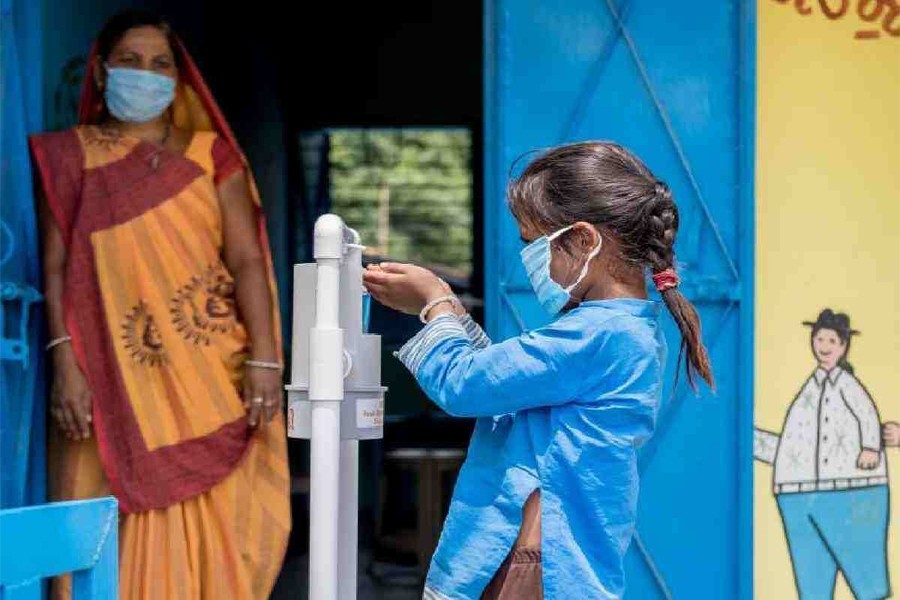With the ubiquitous covid-19 pandemic invading about every conceivable area of human concern, the subject of ensuring an environment of proper health and hygiene for school children while they are in school has now assumed new importance.
Though at the moment the schools are not open due to the pandemic, the issue of safe health and hygiene has in no way lost its significance. On the contrary, such concern for children at school should now get greater attention for the simple reason that the pandemic, despite its being the worst ever scourge that descended on humanity in recent memory, will still leave some lasting impact on people's lives that are, oddly enough, positive! And that is about an enhanced level of awareness regarding personal hygiene at individual level and sanitation in the public sphere.
So, the concern about health safety and sanitation will always get a greater degree of priority at the schools even in the post-pandemic time.
However, the subject of health safety and sanitation on the school premises did come up with the seriousness it deserves in a circular issued by the education ministry some five years back (in June, 2015) when the kind of situation we have now found ourselves in was quite inconceivable. As could be gathered, the ministry's circular targeting secondary, higher secondary schools, madrasahs and institutions for technical education expressed concern about the risk of spreading contagious diseases among the children in the crowded condition of the educational institutions-- a health hazard attributable to the lack of toilets duly provided with proper sanitation facilities and arrangements for supplying clean drinking water either close by or within the school compounds themselves. And the ill-managed and unclean toilets posed a still greater health risk for girl children especially, during their periods leading to their frequent absence from classes. Needless to say, such attendance deficit has been behind their losing entitlement for stipends in greater numbers.
Strangely, no further action followed to monitor if the educational intuitions responded duly to the circular by way of ensuring safe toilet or clean water supply facilities on their premises or nearby.
The question may arise why the education ministry did issue the circular in the first place at that time and what held it back from seeing it put into action?
In fact, the move was part of the UN's Sustainable Development Goals (SDGs) that stressed improving WASH, that is, water, sanitation and hygiene facilities at the schools. The SDGs also required that the educational institutions create an environment that was friendly towards as well as inclusive of the children of different genders. In short, it was all about creating an effective learning environment in the schools.
As Bangladesh adopted the relevant (39+1) national priorities targets under SDG, the condition was to localise the SDG priorities. But studies have shown that so far only a few schools have taken measures, if any, in line with those priorities.
Perhaps, meanwhile the pandemic has brought about a qualitative change in the people's outlook about the existential role that maintenance of proper sanitation and hygiene can play in our lives.
So, it is time the education department and the school authorities in both the rural and urban areas stepped up measures to supply clean water, separate toilets for girls and boys fitted with proper sanitary facilities in the schools.


